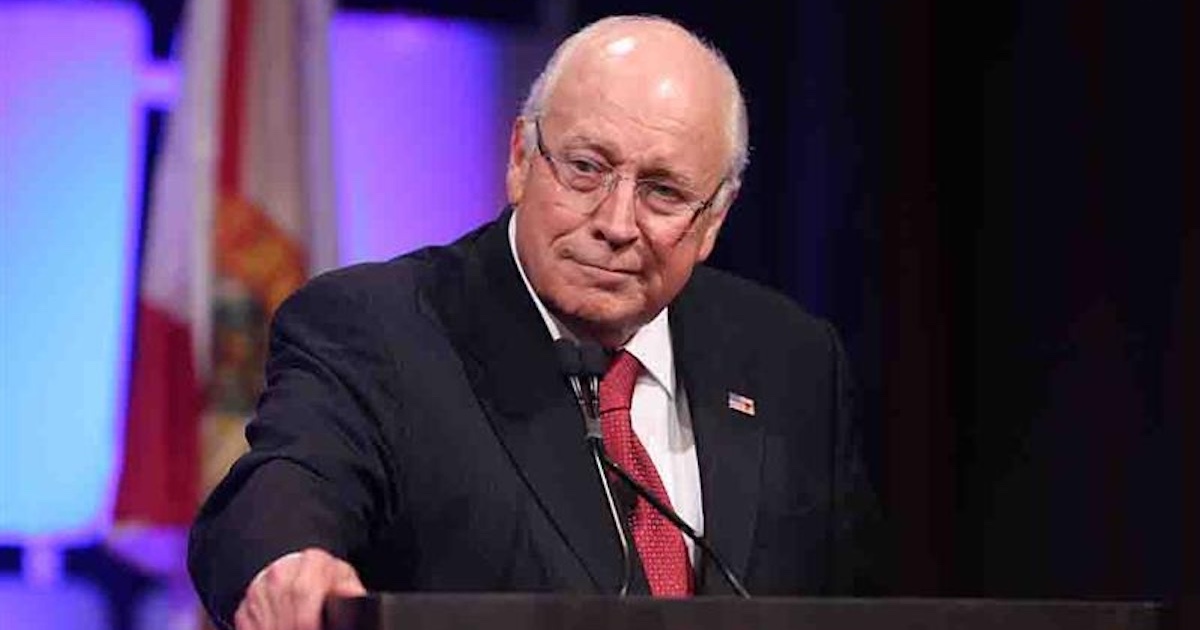With its new Passport phone, BlackBerry is overtly targeting enterprise executives, including healthcare CIOs, but taking a different tack than the likes of Apple, Google and Samsung.
Passport is a smaller device with a square 4.5-inch screen, for instance, which the company says is meant for businesses rather than consumers.
The same goes for BlackBerry's moves toward healthcare.
While Apple, Google and Samsung have been somewhat coy about how their health-centric offerings might ultimately play in a hospital setting, BlackBerry has spent the last several months pursuing the realm with acquisitions and partnerships enabling HIE and patient engagement, supercomputing and possibly secure voice and text. And its newly-crowned OS for medical devices carries mHealth and interoperability functions.
Indeed, BlackBerry has been clear about its intention to appeal to the enterprise market. Leading up to the Passport unveiling, BlackBerry has extolled the benefits of the Passport’s square screen and new QWERTY keyboard for business customers, including better views of Excel spreadsheets on a wider screen and higher resolution to examine X-ray images.
The moves look to be paying off — at least thus far.
BlackBerry CEO John Chen’s “attempts to convince Enterprise CEOs and CIOs to give BlackBerry a second chance is bearing some positive results,” Mark Sue, an analyst at RBC Capital Markets, wrote in a note this week, Bloomberg Businessweek reported. “The improvements in the balance sheet and restructuring in the business is providing the challenged company much needed time to turn things around.”
BlackBerry has taken an equally aggressive approach toward building its healthcare business.
In July the company unveiled a new clinical operating system for medical devices, eyeing the mHealth market. QNX Software Systems, which BlackBerry acquired in 2010, released the OS, touted as being IEC 62304-compliant. Designed to lessen the regulatory and financial burden for device manufacturers, the OS features an application programming interface (API) to make it compatible with other devices running QNX operating systems.
During that same month BlackBerry snapped up Secusmart, a Germany-based voice and text communications provider, to bolster its existing “security solutions to keep up with the growing complexity of enterprise mobility,” Chen said of the agreement. The move came at a time when devices are “being used for more critical tasks and to store more critical information, and security attacks (are) becoming more sophisticated.”
The acquisition followed BlackBerry's taking a stake in NantHealth in April to advance supercomputing and data management in healthcare, as well as an agreement with Axial Exchange that Axial’s patient engagement app be made available via the BlackBerry World store for BlackBerry Z3, Z10 and Z30 models.
There’s little question that BlackBerry is gunning to establish a dynamic mHealth platform with its recent acquisitions and product roster. The question is whether hospital CIOs will be willing to bet big on the company and, in so doing, opt against Apple, Google, Samsung and other household and enterprise brand names.
Related video:
Related articles:
NantHealth founder Patrick Soon-Shiong to keynote mHealth Summit 2014
Q&A: How Apple and IBM envision hospitals using their mobile-first platform


